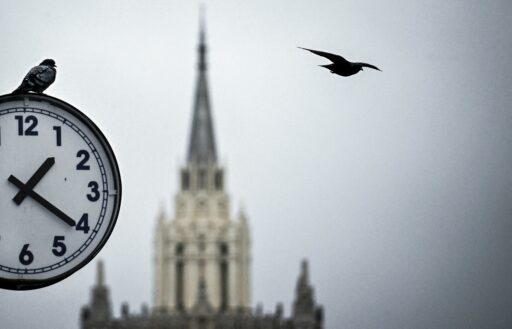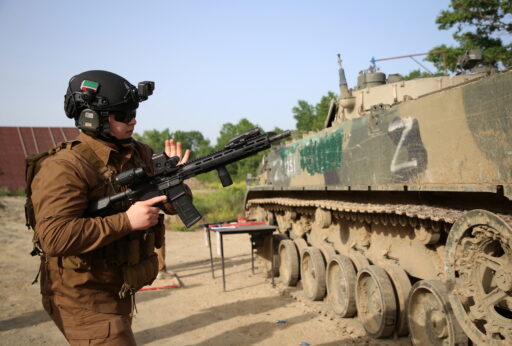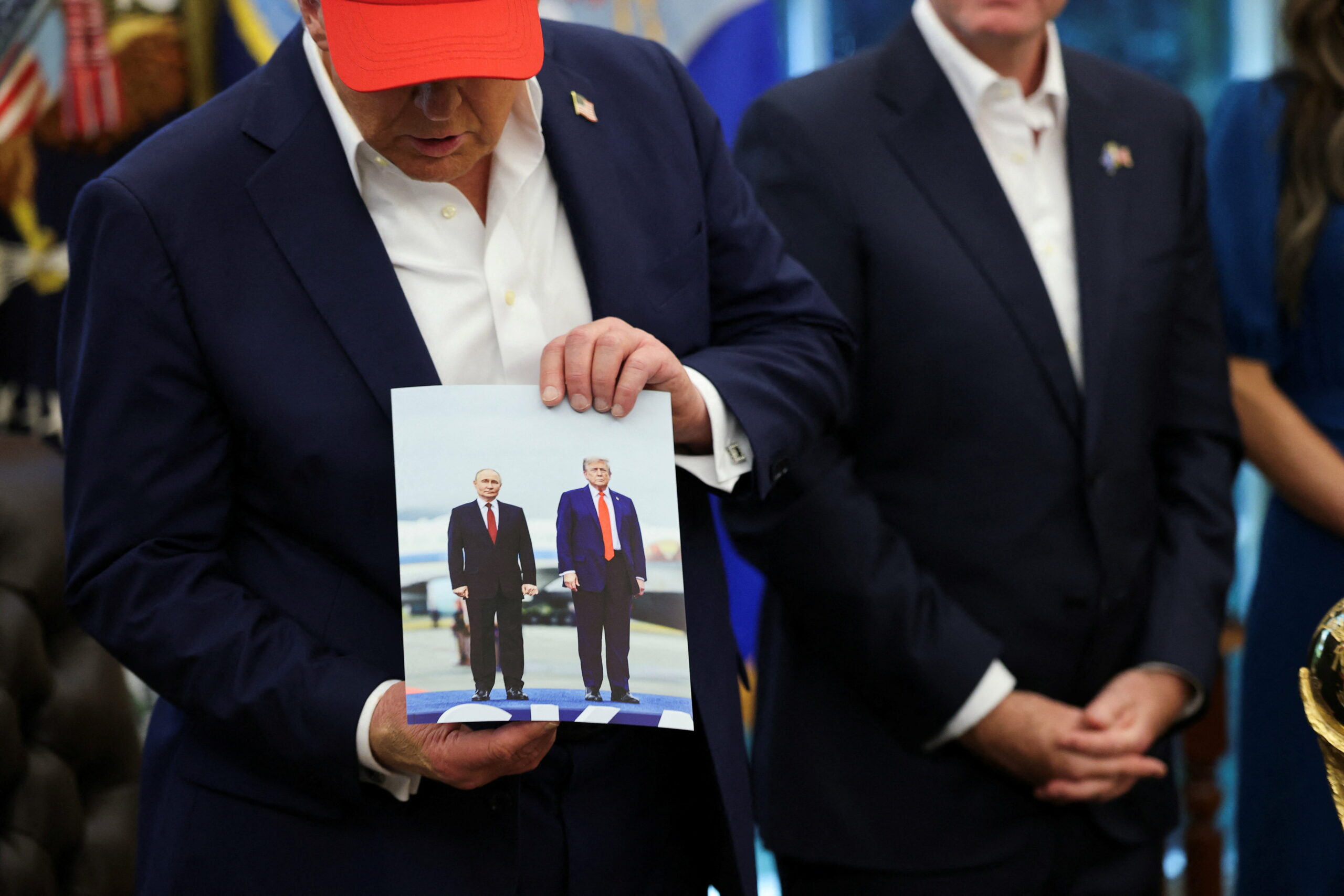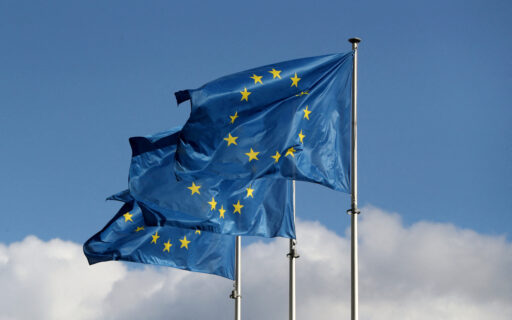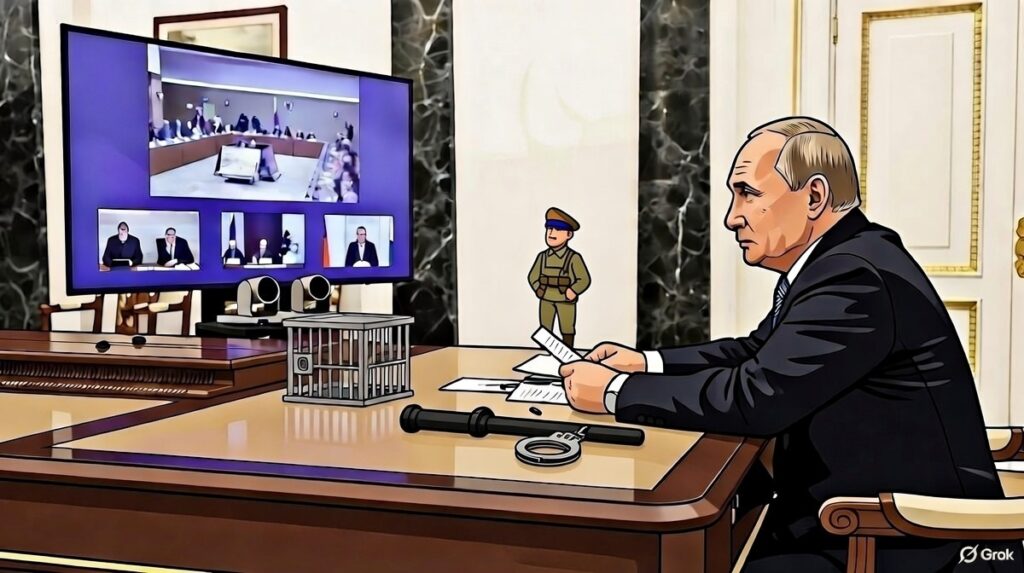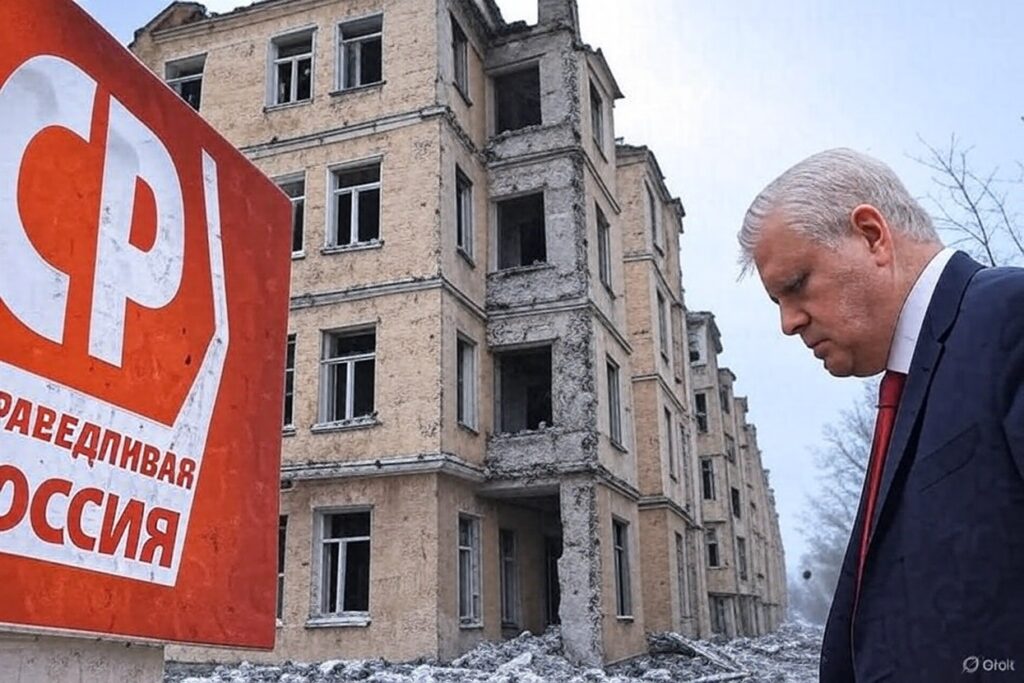While the Trump administration’s chaotic and seemingly disorganized approach to diplomatic talks with Moscow dominates headlines, domestic politics in Russia suggest little has shifted. In an interview with Asharq Business Bloomberg yesterday, Finance Minister Anton Siluanov repeated a key refrain: «We’re conducting economic and financial policy based on our strengths, doing everything necessary to minimize dependence on external factors that impact our economy and balanced budgetary policy.» Unpacking Siluanov’s statement clarifies why Putin and senior officials might believe they’re winning the war—and why, conversely, they may see this as a moment to negotiate rather than hold out.
Virtually everyone, myself included, misjudged Russia’s economy in 2022, though for varying reasons and to different extents. Among the many reassessments of narratives predicting economic collapse, The Dictator’s Reliable Rear by Sergey Aleksashenko, Vladislav Inozemtsev, and Dmitry Nekrasov stands out for its analytical rigor. The report explains why a serious economic crisis is unlikely for at least three to five years, highlighting the economy’s resilience and why economic pressures won’t significantly hinder the war effort. It argues that observers underestimated Russia’s market functionality, the scale of its domestic market, the diversity of its commodity exports, its trade adaptability, the stabilizing role of autarky (especially via capital controls), and the competence of the technocratic «economic bloc.» These points underpin Siluanov’s vision of autarky—not literal self-sufficiency, but a capacity to make macro decisions with little regard for external conditions. Such assumptions warrant scrutiny, especially amid U.S.-Russia talks.
Since 2023, Russia’s apparently capable economic stewards, led by Andrei Belousov, have pitched the presidential administration on a «supply-side economy.» On Monday, Deputy Prime Minister Alexander Novak told colleagues at MinEkonomiki that growth must shift from state demand and rising wages to investment, digitalization, labor productivity, higher capacity utilization, and resolving production bottlenecks. The repeated emphasis on decoupling growth from wages reflects a stark reality: inflation can’t be tamed without suppressing wages—a concept first floated by Alexei Ulyukayev before his arrest as a means to diversify exports. The «professionals» may excel at imposing order, but their track record for innovative solutions is shaky.
The Center for Macroeconomic Analysis and Forecasting (TsMAKP), founded by Andrei Belousov and now run by his brother, reported in its December trend update the first official signs of real wage declines. Economic Minister Maxim Reshetnikov, responding to Novak, echoed this, noting that high interest rates are starting to weigh on activity. Surveys show just 17% of small and medium-sized businesses (SMEs) were prepared to invest and expand in January—the lowest since the mobilization shock of November 2022. Meanwhile, 58% of retailers and 50% of manufacturing/production SMEs reported scaling back investments.
This new focus on labor productivity ties to how value is generated in an economy that, for its development level, has historically leaned more on goods than services. TsMAKP’s research highlights that, beyond oil and gas extraction, Russia’s most productive sectors are information and communications tech and financial services ($ 210−225,000 value created per employee), followed by petrochemicals, metallurgy, and commercial services ($ 118−135,000 per employee). SME cutbacks likely hit less productive firms hardest.
Economic sovereignty has long been Russia’s elusive quest for autarky. Beyond its difficulty, autarky impoverishes. If other countries produce a needed good or commodity more cheaply—or at similar cost but higher quality—than your own producers, you’re effectively raising domestic prices without necessarily boosting productivity enough to offset them. Repeat this across industries, and consumption shrinks. Weaker consumption reduces businesses’ incentive to invest in more goods or services. Lower investment then slows wage growth, as all investment—from construction to software—drives labor demand by creating jobs to staff new capacity.
Aleksashenko, Inozemtsev, and Nekrasov base their case for the regime’s enduring public support and war stamina on assumptions that don’t fully align with the data. They assume real wages have risen for the working class, with the import-reliant rich bearing the brunt of price hikes. Yet official data, despite its flaws, shows no significant shift in household consumption patterns. Typically, as wealth grows, spending shifts from housing and staples to discretionary goods, services, and savings. Rosstat’s releases show no such trend. Meanwhile, the wealthiest—those in financial services, sanctions arbitrage, or high-productivity sectors outside oil and gas—are best shielded from inflation due to their pay and productivity. The authors suggest that the surge in ruble savings since the invasion, fueled by war payouts and wage gains, provides psychological comfort. But with housing and vehicle costs soaring—Chinese imports have displaced domestic production, and local prices align with them—these savings look defensive. Inflation and uncertainty may be worse than assumed if people aren’t spending more on big purchases or investing.
The first official real wage declines matter because they signal a softening labor market, potentially boosting military recruitment with its financial perks. The drop in business investment expectations is equally telling, suggesting the war spending’s multiplier effect—rubles generated per ruble spent—is fading at current interest rates. Despite any labor «slack,» the war has already claimed over 800,000 casualties, with losses rivaling pre-Sputnik COVID rates. Fiscal stimulus loses potency if it structurally drives inflation higher due to the war’s economic and demographic toll. Citing 2015−2016 as evidence of Putin’s stimulus tolerance is odd; that deficit stemmed from an oil price crash, not choice. Siluanov’s 2017−2019 budget then cut nominal spending annually, cementing a habit of 10% real-term discretionary cuts during shocks—a pattern persisting behind today’s war-driven stimulus. Even now, deficits remain modest despite room to borrow more.
There’s no «crisis» forcing the Kremlin into talks. Worse economic conditions might even aid mobilization. But the dictator’s «reliable rear» isn’t perpetually stable. The Kremlin can likely sustain the war for years, yet the imbalances managed by the «professionals» are worsening and less responsive to technocratic fixes. Daily life will increasingly be militarized or coerced—a dynamic the regime has balanced carefully, avoiding full national mobilization and instead using market mechanisms to siphon labor and capacity from the civilian economy.

